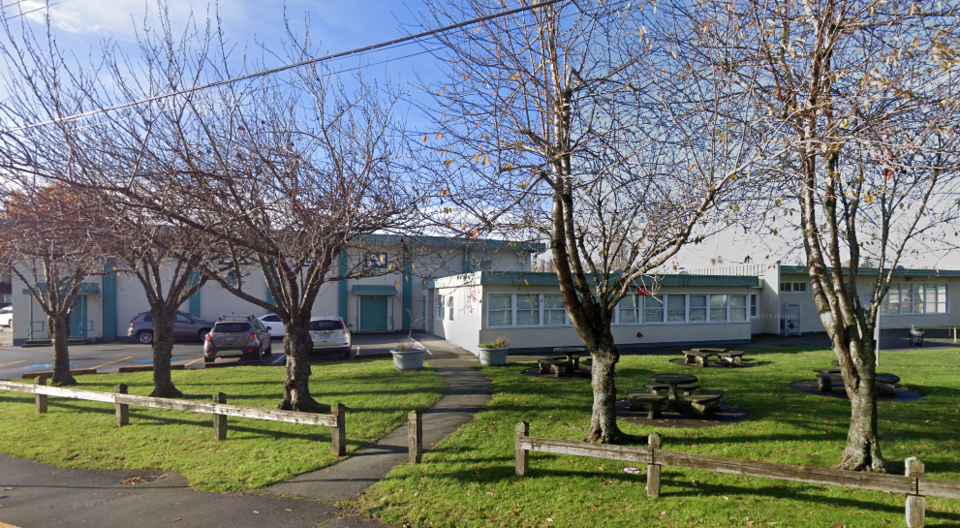One Richmond parent is worried about the air quality in schools as his three kids go back to the classroom during the fourth wave of the pandemic.
Patrick Chesters said he’s been told by school district staff that Dixon elementary, which his kids attend, is too old – and its wiring is too old – to support a new air ventilation system.
While the school district states that all Richmond schools meet the public health standards, this includes keeping windows open to ventilate where there is no HVAC system.
COVID-19 is known to spread through aerosol spray – which is why public health recommendations include wearing masks and keeping physically apart from other people.
But Chesters would like to see some creative thinking to get elementary students, who can’t be vaccinated, into safer spaces.
Many Richmond high schools are newer than elementary schools with newer HVAC systems. However, high school students are able to get vaccinated whereas children under the age of 12 can’t – but they’re the ones in older schools with older air systems, Chesters added.
“A 65-year-old classroom is prime breeding ground (for the virus),” Chesters said.
The school district has spent $2.1 million during the pandemic to improve air quality in its schools.
David Sadler, school district spokesperson, said all public schools in Richmond, including Dixon, are “fully compliant” with ventilation requirements. Direction comes from public health officials to make sure air ventilation systems meet provincial standards, he added.
Any classrooms, libraries or other school facilities that don’t have mechanical ventilation systems will have their windows open “as much as possible to ensure outdoor air is naturally exchanged with inside air,” Sadler explained.
Heating in these rooms will be monitored by maintenance staff.
In its long-range facilities plan, Dixon is listed in “poor” condition with a high seismic and liquefaction risk and would need almost $10 million to make it safe in the event of an earthquake.



